5 major testing items for wire and cable products
5 major testing items for wire and cable products
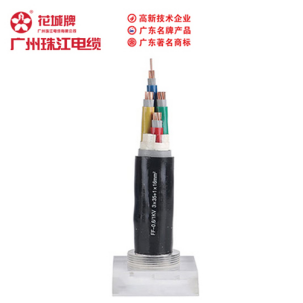
Electrical performance testing
There are mainly conductor DC resistance, insulation resistance, finished product voltage test and insulated wire-core voltage test, each of which is very important. The conductor resistance directly reflects the electrical transmission performance of the cable and directly affects the temperature, life and voltage of the cable during energized operation. It mainly examines the material and cross-sectional area of the conductor. If the material of the conductor is not good or the cross-sectional area is seriously insufficient, the DC resistance of the conductor will be seriously exceeded. This kind of cable laying in the line will increase the current on the line. The loss during passing will cause the cable conductor itself to heat up, cause the insulation of the coated conductor to age and crack, cause leakage and short circuit of the power supply line, and even cause fire, endangering the safety of people and property. The standard has strict regulations on the conductor DC resistance value of cables of different specifications, which shall not be greater than the value specified in the standard.
Insulation resistance, finished product voltage test and insulated wire-core voltage test all examine the electrical insulation performance of the cable insulation layer and sheath layer. Insulation resistance is to detect the resistance of the insulating material between two conductors. It should be large enough. To insulation protection. The voltage test of the finished product and the voltage test between the insulated wires not only requires the cable to have sufficient insulation capacity, but also requires the insulation or sheath material to be uniform, free of impurities, and sufficiently uniform in thickness. There should be no invisible trachoma, pinholes, etc. on the surface, otherwise it will cause Partial breakdown during the withstand voltage test.
Mechanical performance testing
Mainly to examine the tensile strength and elongation at break of the insulation and sheath plastic materials, including before and after aging, as well as the bending test, bending test, load breaking test, insulation core tearing test, Static torsion test, etc. Tensile strength before and after aging, and elongation at break before and after aging are the most important and basic indicators of cable insulation and sheath materials. It is required to be used as a material for cable insulation and sheath, and it must have sufficient tensile strength and not easy to pull. It must have a certain degree of flexibility.
Aging refers to the ability of insulation and sheath materials to maintain their original performance under high temperature conditions. Aging should not seriously affect the tensile strength and elongation of the material, which will directly affect the service life of the cable. If the tensile strength and If the elongation at break is unqualified, it is easy to break the sheath or insulator during the construction and installation of the cable, or the sheath and insulation of the cable used in the light or heat environment are easy to become brittle and break, causing the live conductor to be exposed. Risk of electric shock.
In addition, since flexible cables are not fixedly laid, there are repeated pulling and bending during use. Therefore, the standard for flexible cables additionally stipulates that dynamic bending tests, bending tests, load breaking tests, and insulated cores should be added to the finished cables. Tearing test, static bending test, etc., to ensure that this cable meets the requirements in actual use. For example, the dynamic torsion test mainly examines whether the twisted wires of the flexible conductor break and reduce the electrical transmission performance when the flexible cable is subjected to external stresses such as mechanical tension and bending, or whether the insulation is pierced and the electrical performance of the insulation is reduced; Being under stress is a test method to determine whether the electrical insulation performance of the cable is affected by deformation or cracking.
Insulation and sheath material performance test
Including thermal weight loss, thermal shock, high temperature pressure, low temperature bending, low temperature stretching, low temperature impact, flame retardant properties and so on. These are to examine the performance of plastic materials for insulation and sheathing. For example, the thermal weight loss test is to detect the degree of degradation and volatilization of the material after 7 days of high temperature aging at 80 ℃; the thermal shock test is subjected to a special roll after a high temperature of 150 ℃ for 1 hour. Whether the insulation surface of the winding is cracked; high temperature pressure tests the degree of elasticity retention of the insulating material after high temperature and then cooling; all low temperature tests generally refer to the change of its mechanical properties under the condition of -15 ℃, and it is the detection of the cable material Whether it becomes brittle, easy to crack or break under low temperature environment. In addition, the flame retardant performance of the cable is very important. The test to examine this performance is the non-flame test, that is, the finished cable installed according to the standard is ignited with a special flame for a certain period of time, and the flame is checked after the flame is extinguished. In the case of burning, of course, the less burnt part, the better, indicating that it has poor combustibility, good flame retardancy, and safer.
Sign check
The standard requires that the cable package should be accompanied by a label or logo indicating the product model, specification, standard number, manufacturer name and place of origin. The specifications include rated voltage, number of cores and nominal conductor cross-section, etc.; the cable surface should be printed with the manufacturer’s name and product model For continuous marks with rated voltage, the spacing between marks is required to be ≤200mm (insulation surface) or ≤500mm (sheath surface), and the content of the mark should be complete, clear and scratch-resistant. This requirement is to facilitate users to understand the cable's model specifications and voltage levels. To prevent laying errors.
In addition, the color of the wire insulation core should be the color recommended by the standard, especially the yellow/green two-color core. This kind of wire is generally used in the power cord of electrical products. This special two-color wire is dedicated to grounding. /Green matching standard also has the following provisions: that is, for each length of two-color insulated core, one of the colors should cover at least 30% of the surface of the insulated core, and not more than 70%, and the other color should cover the insulation The rest of the core, that is, the yellow/green color should be basically balanced.
Structure size inspection
Including insulation and sheath thickness, thinnest thickness, overall dimensions, etc. The thickness of the insulation and sheath plays an important role in the strength of the cable and its mechanical properties. Therefore, for cables of different specifications, the standards have strict regulations on the thickness, and the requirements must not be lower than that of the country. The specified value of the standard. If the insulation thickness of the cable is too thin, it will seriously affect the safety of the cable. It will bring potential safety hazards such as cable breakdown, exposed conductors and leakage. Of course, the thicker the better, it should not affect the installation. Therefore, the standard sets a requirement for external dimensions. Limit this.
Common certification marks
1. CCC certification compulsory certification is a passport to enter the domestic market.
2. CB certification is conducive to the export of electrical products directly related to personal safety that are used in homes, offices, workshops and similar places. Such products are subject to compulsory certification in some countries, that is, only after obtaining the country’s certification certificate. It is allowed to be exported to the country and sold in the country’s market. Even in countries that do not implement compulsory certification, consumers are willing to buy certified products with certification marks for their own safety.
3. CE certification is a passport for products to enter the European Union and European Free Trade Zone countries. Products that have been certified and affixed with the CE mark will reduce the risk of selling on the European market:
1) The risk of being detained and investigated by the customs;
2) Risks investigated and dealt with by market supervision agencies;
3) The risk of accusations by peers for competitive purposes.
4) UL certification In the US market, consumers and purchasing units are more willing to buy products with UL certification marks.


 Company Profiles
Company Profiles Company Culture
Company Culture Message
Message Honor
Honor Video Center
Video Center Company Reality
Company Reality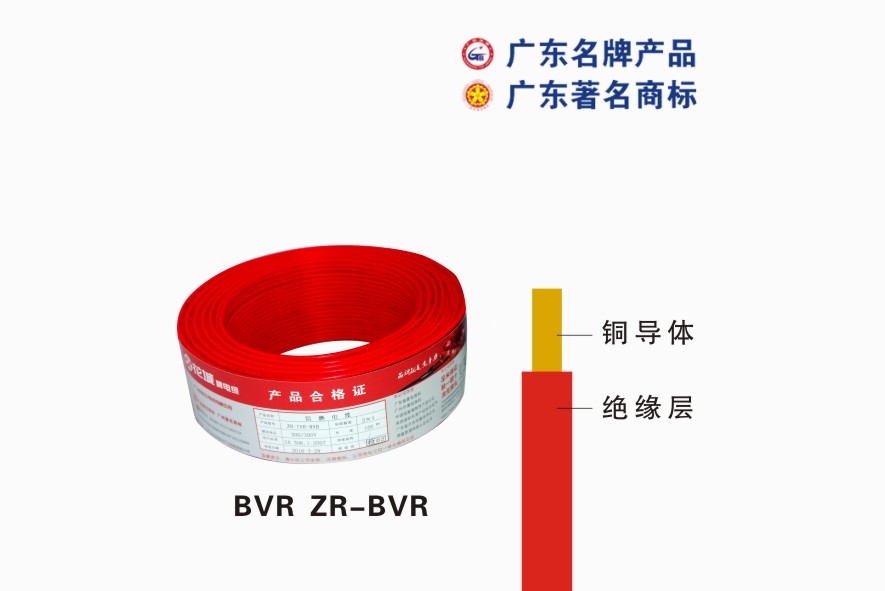 Pearl River Cable
Pearl River Cable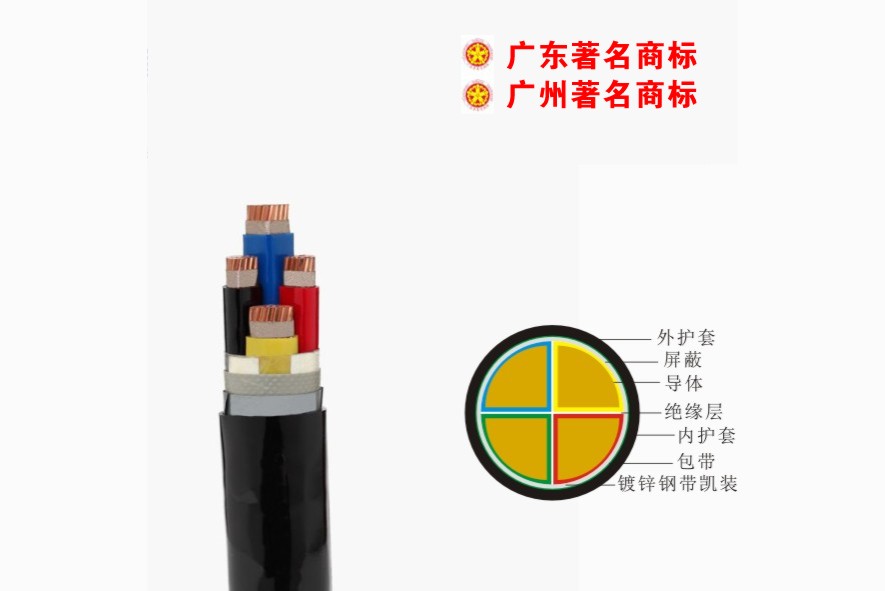 Low Voltage Cable
Low Voltage Cable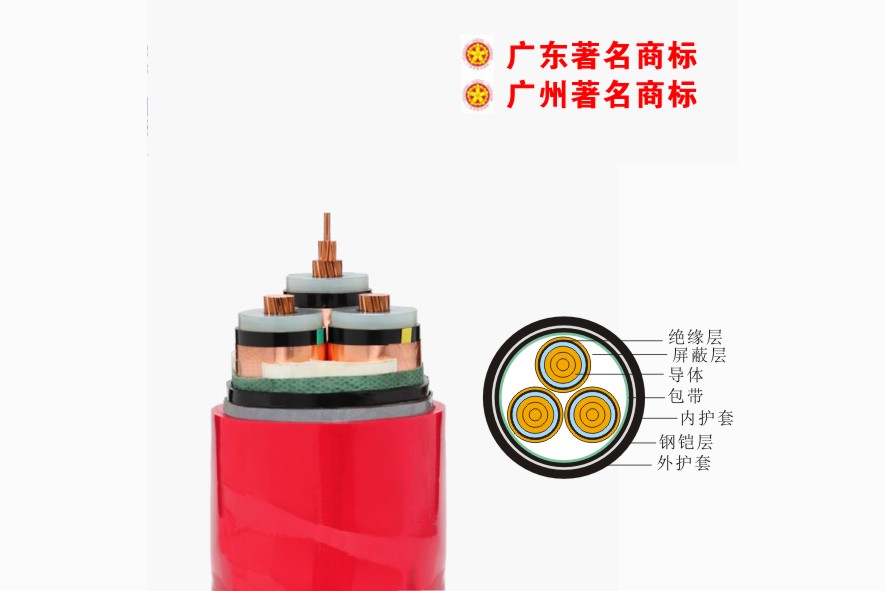 Medium Voltage
Medium Voltage Mineral Cable
Mineral Cable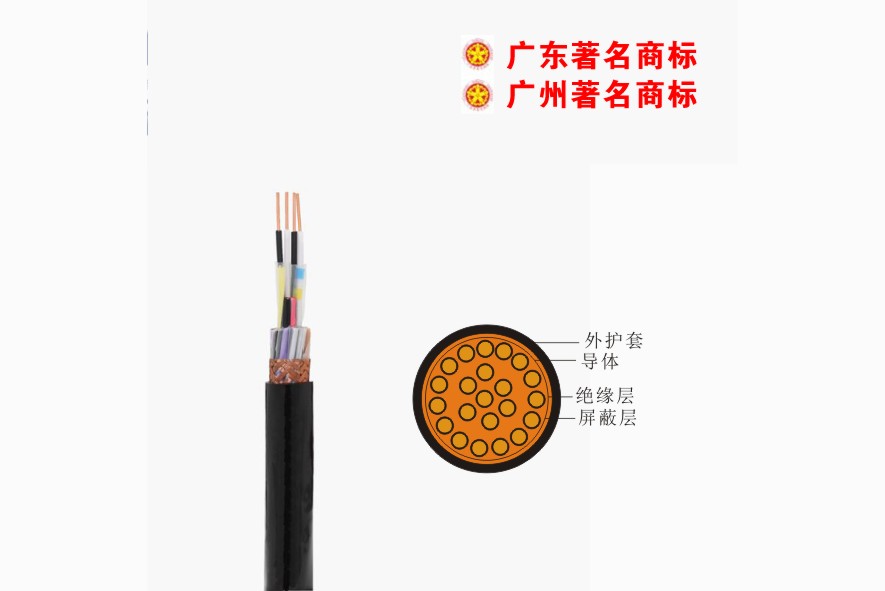 Control Signal Cable
Control Signal Cable Corporate News
Corporate News Cable Information
Cable Information Media Reports
Media Reports Network Reprint
Network Reprint


